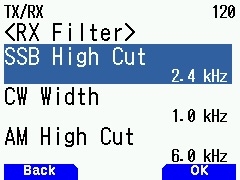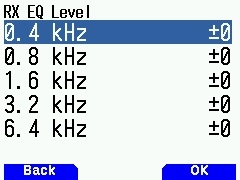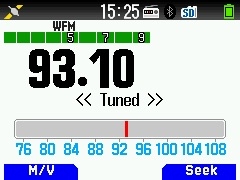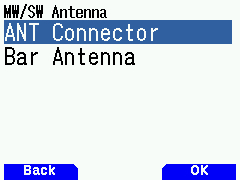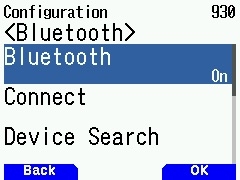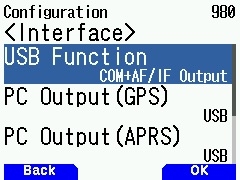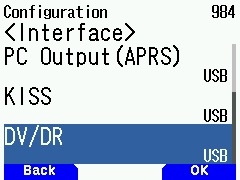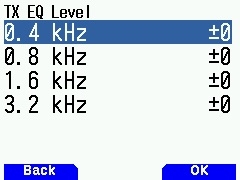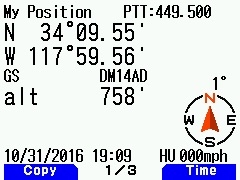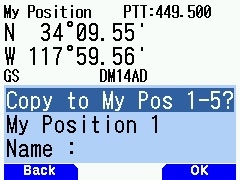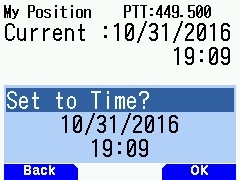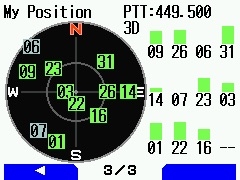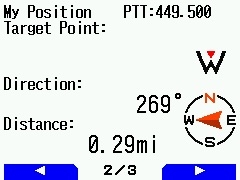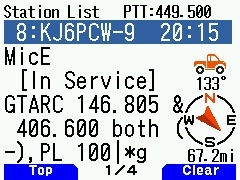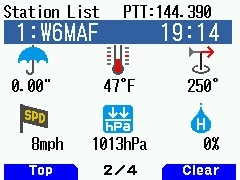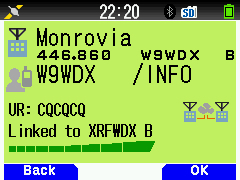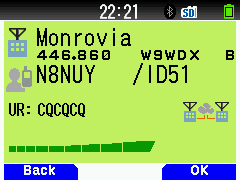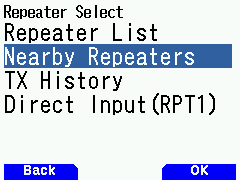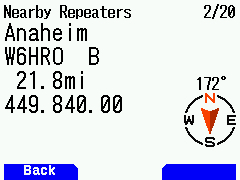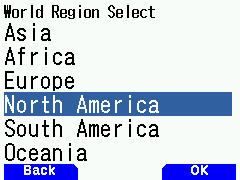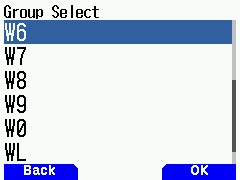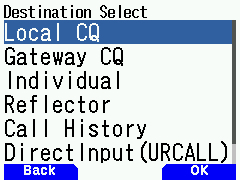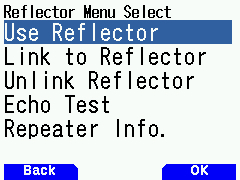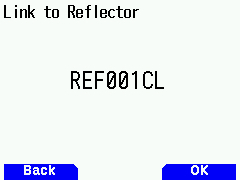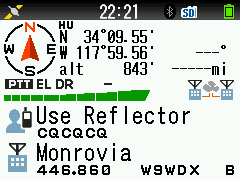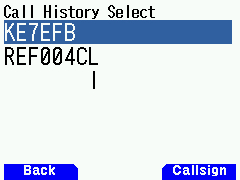When Kenwood announced that they were coming out with an HT that would include not only D-Star, but also include and expand on the features of the TH-D72, I knew that I had to have one as soon as they were available. Before I wrote a review, I decided to make sure I had enough experience with the radio to give it a fair evaluation. After 6 weeks with the TH-D74, I can confidently say that this is the best, most complete HT on the market and it's not even close.
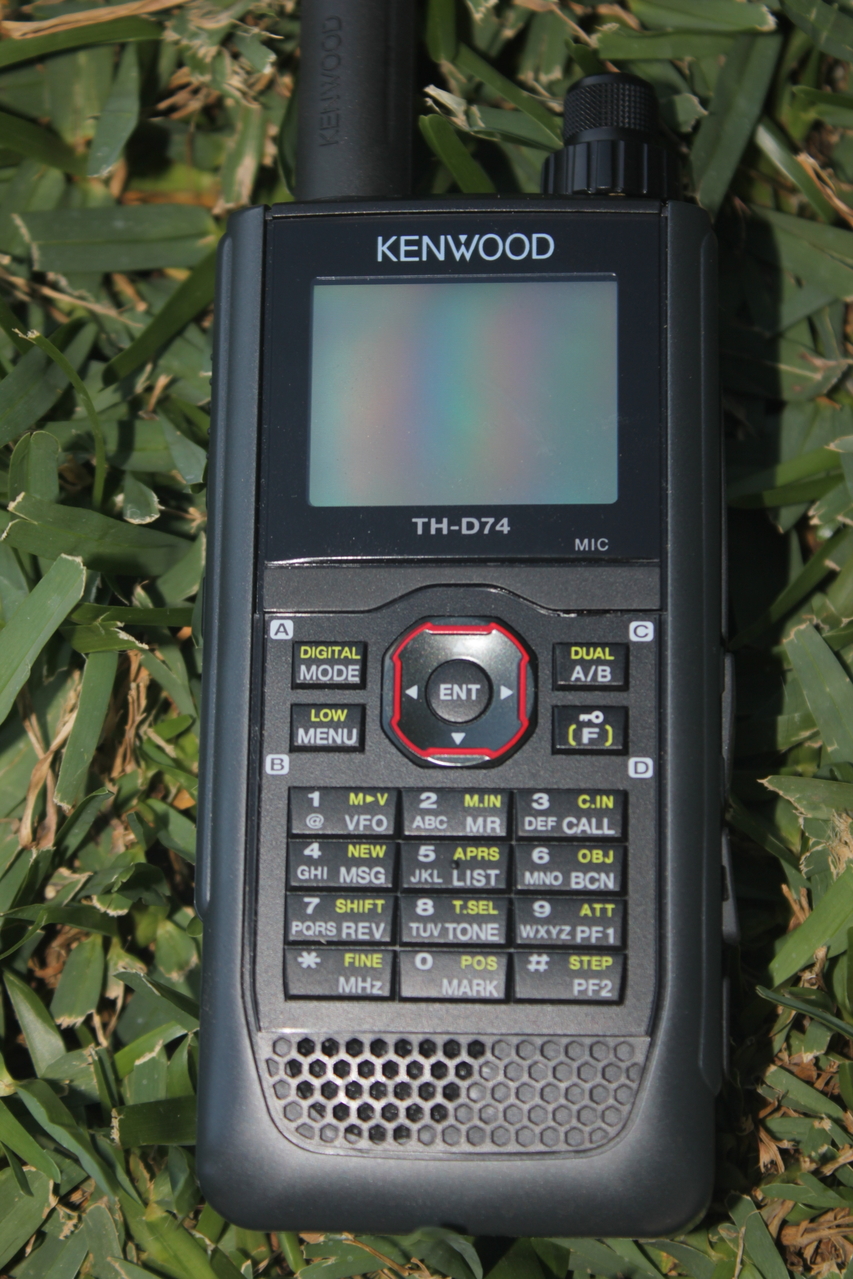
The TH-D74 has a few cosmetic and ergonomic changes from the TH-D72: The most noticeable change is the new color, high resolution dot-matrix screen, but it doesn't take long to notice that the buttons are much larger and as a result, much easier to use. The four-way button is also moved to the center of the radio, which is important since it is used extensively in D-Star mode.
The radio now includes a microSD slot, and the USB port has been replaced with the same micro USB that is found on most phones and other small electronics. The speaker and mic ports are consistent with other models, so any Kenwood compatible mic will continue to work.
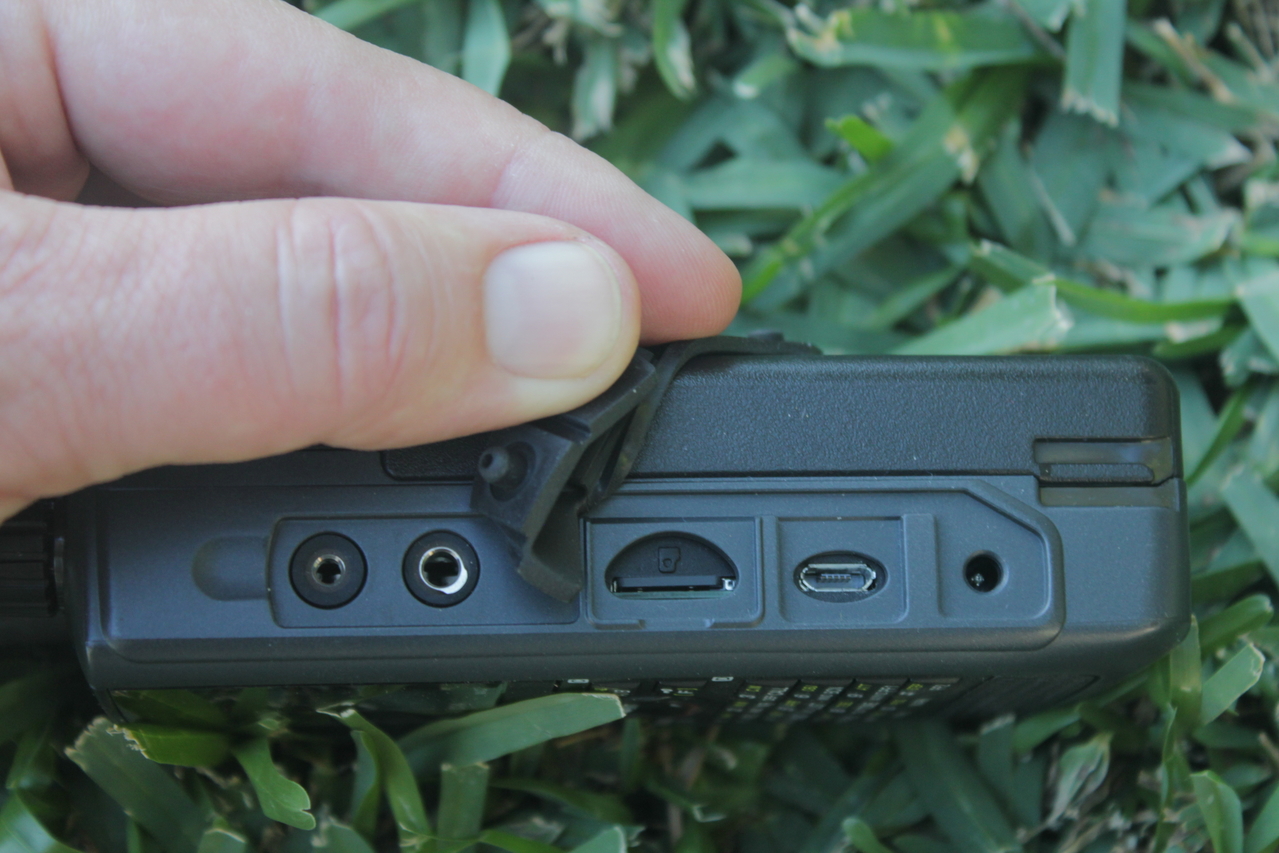
Ease of Use
I always try to figure out as much of a new radio as I can on my own without reading the manual, which is my litmus test for ease of use. If you're familiar with the TH-D72 or other Kenwood HTs, most of the functions are pretty easy to figure out. There are a few nuances that I had to turn to the manual for, specifically how to change bands (you hold the left or right arrow on the four-way pad) and how to change the From and To settings on D-Star (you hold the Down or Up button on the four-way pad). Overall, I find the menu structure, settings,and memory programming very simple but keep in mind that I'm coming to this radio after using the TH-D72 and the two radios are similar in a lot of ways.
General Features
The most helpful feature for writing this review is the ability to store screen captures on the microSD card. Unfortunately, you can only capture images if you purchase a Kenwood mic which contains the three Programmable buttons, because you have to configure one of those buttons to perform the capture. Fortunately, the mic is only about $35. Here's a screen capture of the PF3 button being configured for the task:
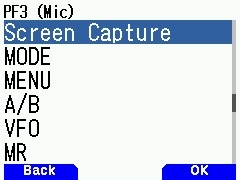
One of the first things you'll want to configure is the display background color, which can be reversed from the white background shown above.
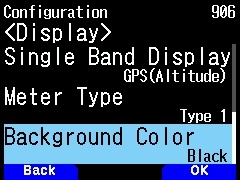
The configuration for any of the general settings is handled via the MENU setting, which brings up this screen which has icons and subtitles. It really is easy to understand where to go for certain settings once you've run through the menus a few times:
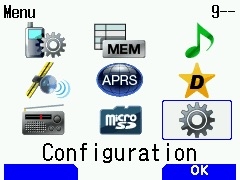
Despite all of the advanced features of the TH-D74, the basics are presented in a manner that is easy to understand. The screen you see most often which displays the active band(s) is fairly mundane (which is a good thing). Here are a few images of some common screens:
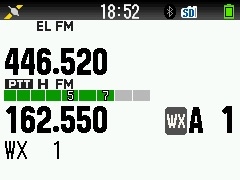
The above images shows the radio on 440 band on VFO A and the Weather band on VFO B. The Weather frequency is also memory A1. The GPS is turned on as is Bluetooth (more on this later). there is an SD Card inserted and VFO A is set at the lowest power output setting (EL).
Here is an image with the radio in Single band mode on VFO B, set on memory 1 with the GPS turned on:
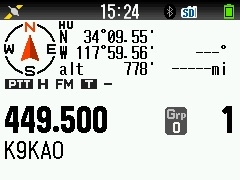
Here's what the radio displays when one VFO is on regular FM and the other VFO is using D-Star mode. In this case, the D-Star repeater is the "Monrovia" repeater on VFO A, but VFO B is the active selection on memory 1, which has been programmed as the K9KAO repeater.
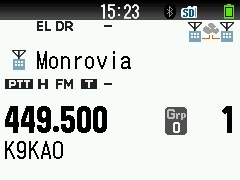
In this image, the active VFO has been changed to the D-Star repeater, which changes the top half of the screen to display the necessary D-Star information:
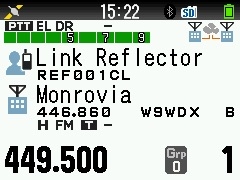
As you can probably guess, there is a ton of information that I intend to cover about this radio, including the expanded use of Bluetooth. I plan on updating this thread with more information in the coming days, so stay tuned for more.

The TH-D74 has a few cosmetic and ergonomic changes from the TH-D72: The most noticeable change is the new color, high resolution dot-matrix screen, but it doesn't take long to notice that the buttons are much larger and as a result, much easier to use. The four-way button is also moved to the center of the radio, which is important since it is used extensively in D-Star mode.
The radio now includes a microSD slot, and the USB port has been replaced with the same micro USB that is found on most phones and other small electronics. The speaker and mic ports are consistent with other models, so any Kenwood compatible mic will continue to work.

Ease of Use
I always try to figure out as much of a new radio as I can on my own without reading the manual, which is my litmus test for ease of use. If you're familiar with the TH-D72 or other Kenwood HTs, most of the functions are pretty easy to figure out. There are a few nuances that I had to turn to the manual for, specifically how to change bands (you hold the left or right arrow on the four-way pad) and how to change the From and To settings on D-Star (you hold the Down or Up button on the four-way pad). Overall, I find the menu structure, settings,and memory programming very simple but keep in mind that I'm coming to this radio after using the TH-D72 and the two radios are similar in a lot of ways.
General Features
The most helpful feature for writing this review is the ability to store screen captures on the microSD card. Unfortunately, you can only capture images if you purchase a Kenwood mic which contains the three Programmable buttons, because you have to configure one of those buttons to perform the capture. Fortunately, the mic is only about $35. Here's a screen capture of the PF3 button being configured for the task:

One of the first things you'll want to configure is the display background color, which can be reversed from the white background shown above.

The configuration for any of the general settings is handled via the MENU setting, which brings up this screen which has icons and subtitles. It really is easy to understand where to go for certain settings once you've run through the menus a few times:

Despite all of the advanced features of the TH-D74, the basics are presented in a manner that is easy to understand. The screen you see most often which displays the active band(s) is fairly mundane (which is a good thing). Here are a few images of some common screens:

The above images shows the radio on 440 band on VFO A and the Weather band on VFO B. The Weather frequency is also memory A1. The GPS is turned on as is Bluetooth (more on this later). there is an SD Card inserted and VFO A is set at the lowest power output setting (EL).
Here is an image with the radio in Single band mode on VFO B, set on memory 1 with the GPS turned on:

Here's what the radio displays when one VFO is on regular FM and the other VFO is using D-Star mode. In this case, the D-Star repeater is the "Monrovia" repeater on VFO A, but VFO B is the active selection on memory 1, which has been programmed as the K9KAO repeater.

In this image, the active VFO has been changed to the D-Star repeater, which changes the top half of the screen to display the necessary D-Star information:

As you can probably guess, there is a ton of information that I intend to cover about this radio, including the expanded use of Bluetooth. I plan on updating this thread with more information in the coming days, so stay tuned for more.

